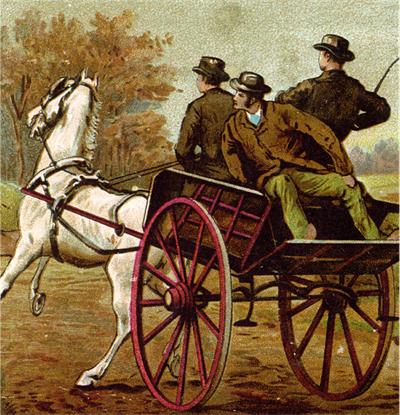 Here is another, more challenging, problem from the Sherlock Holmes puzzle book by Dr. Watson (aka Tim Dedopulos).
Here is another, more challenging, problem from the Sherlock Holmes puzzle book by Dr. Watson (aka Tim Dedopulos).
“An event that occurred during The Adventure of the Wandering Bishops inspired Holmes to devise a particularly tricky little mental exercise for my ongoing improvement. There were times when I thoroughly appreciated and enjoyed his efforts, and times when I found them somewhat unwelcome. I’m afraid that this was one of the latter occasions. It had been a bad week.
‘Picture three farmers,’ Holmes told me. ‘Hooklanders. We’ll call them Ern, Ted, and Hob.’
‘If I must,’ I muttered.
‘It will help,’ Holmes replied. ‘Ern has a horse and cart, with an average speed of eight mph. Ted can walk just one mph, given his bad knee, and Hob is a little better at two mph, thanks to his back.’
‘A fine shower,’ I said. ‘Can’t I imagine them somewhat fitter?’
‘Together, these worthies want to go from Old Hook to Coreham, a journey of 40 miles. So Ern got Ted in his cart, drove him most of the way, and dropped him off to walk the rest. Then he went back to get Hob [who was still walking], and took him into Coreham, arriving exactly as Ted did. How long did the journey take?’
Can you find a solution?”
I added the statement in brackets. I initially thought Hob waited in Old Hook until Ted fetched him. But the solution indicated that was not the case. So I realized Hob had started out at the same time as the others. The solution has some hairy arithmetic. Even knowing the answer it is difficult to do the computations without a mistake.
Answer.
See the Old Hook Puzzle for solutions.
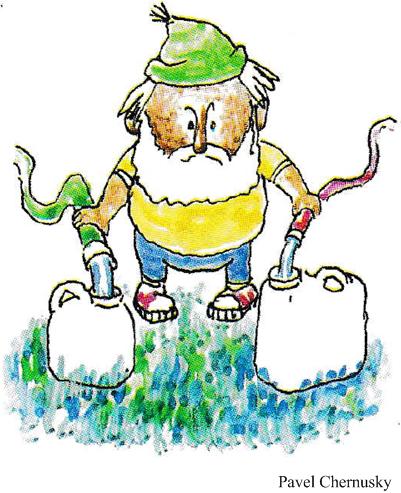 This is a fairly straight-forward Brainteaser from the Quantum magazine.
This is a fairly straight-forward Brainteaser from the Quantum magazine.
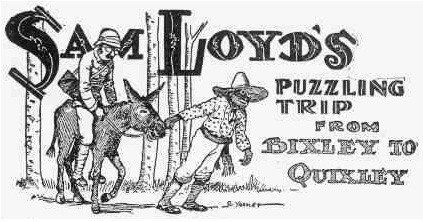 I braved another attempt at a Sam Loyd puzzle.
I braved another attempt at a Sam Loyd puzzle. Here is another, more challenging, problem from the Sherlock Holmes puzzle book by Dr. Watson (aka Tim Dedopulos).
Here is another, more challenging, problem from the Sherlock Holmes puzzle book by Dr. Watson (aka Tim Dedopulos).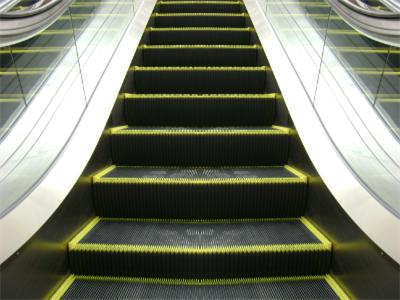 Here is a simple problem from an old
Here is a simple problem from an old  This typical problem from the prolific H. E. Dudeney may be a bit tricky at first.
This typical problem from the prolific H. E. Dudeney may be a bit tricky at first. Here is another
Here is another 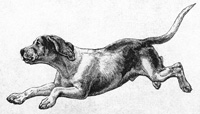 Again we have a puzzle from the Sherlock Holmes puzzle book by Dr. Watson (aka Tim Dedopulos). This one is quite a bit more challenging, at least for me.
Again we have a puzzle from the Sherlock Holmes puzzle book by Dr. Watson (aka Tim Dedopulos). This one is quite a bit more challenging, at least for me.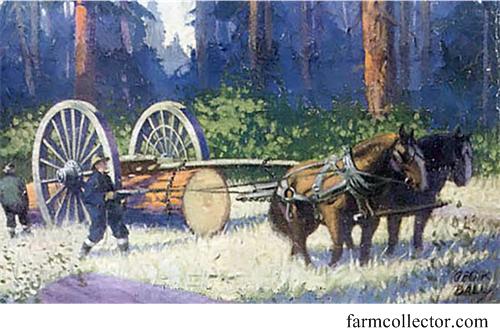 Here is another problem (slightly edited) from the Sherlock Holmes puzzle book by Dr. Watson (aka Tim Dedopulos).
Here is another problem (slightly edited) from the Sherlock Holmes puzzle book by Dr. Watson (aka Tim Dedopulos).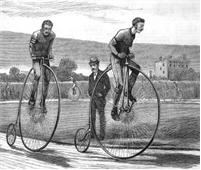 Again we have a puzzle from the Sherlock Holmes puzzle book by Dr. Watson (aka Tim Dedopulos).
Again we have a puzzle from the Sherlock Holmes puzzle book by Dr. Watson (aka Tim Dedopulos). In looking through some old files I came across a math magazine I had bought in 1998. It was called Quantum and was published by the National Science Teachers Association in collaboration with the Russian magazine Kvant during the period 1990 to 2001 (coinciding with the Russian thaw, which in the following age of Putin seems eons ago). Fortunately, they are all online now. Besides some fascinating math articles the magazine contains a column of “Brainteasers.” Here is one of them:
In looking through some old files I came across a math magazine I had bought in 1998. It was called Quantum and was published by the National Science Teachers Association in collaboration with the Russian magazine Kvant during the period 1990 to 2001 (coinciding with the Russian thaw, which in the following age of Putin seems eons ago). Fortunately, they are all online now. Besides some fascinating math articles the magazine contains a column of “Brainteasers.” Here is one of them: